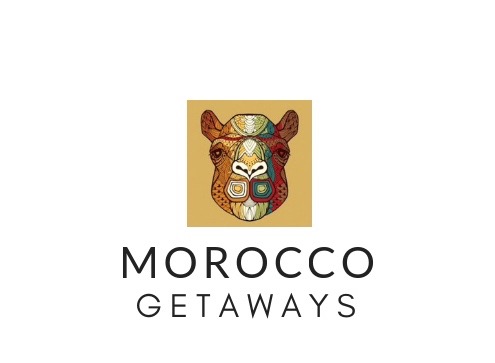THE STORIES & SECRETS OF MOROCCO´S RUGS
- Morocco Getaways Team

- May 8, 2019
- 3 min read
Carpets cover the floor and hang like tapestries from the walls in Ismail’s carpet shop in Marrakech’s Souk de Tapis. There are no price tags and the haggling comes later, over ceremonial mint tea with his father. First it is time for storytelling.

In Morocco every carpet tells a tale. From the monochromatic Beni Ourains to the intricate Zemmour killim, he country’s weavings are both a narrative art form and a necessity.

The history of Moroccan rugs dates as far back as the Paleolithic Era. Traditionally they were woven by the Berber tribes for their utility, reflecting Morocco’s distinctive climate. The snow-capped, windswept elevations of the Atlas Mountains gave rise to thick, heavy-pile sleeping mats and bed coverings, and the brutal heat of the Sahara inspired light flat-weave shawls. The tribe’s semi-nomadic existence also influenced the size of the pieces as the looms and carpets had to be transportable, meaning there could be no weavings over about 7 feet.

Born of necessity, the design of the Berber weaving soon went beyond purely practical concerns. As Ismail explains, the precise designs and motifs of each rug are a doorway into the past, an evocative symbolic language passed down from generation to generation. Hand woven and knotted by the women of the tribe, each rug can take up to a year to complete. The grace and precision of the spontaneous geometric designs depict everything from femininity to spirituality and male protection, and the interaction of the symbols tell the story of the weaver’s life from one end to the other.

The rug’s combination of minimalism and handmade detail, their subdued restraint and bold inventiveness, were first heralded in the West by the mid-century modernists. In the 1930s designers and architects such as Le Corbusier, Charles and Ray Eames and Alvar Alto, started incorporating the plush, soft rugs in their interiors as a counterbalance to the austerity of their sleekly designed furniture. Frank Lloyd Wright was even known to travel to Morocco to bring back carpets for his clients, and his house at Falling Water features black and white Beni Ourain carpets in almost every room.
Since then, the sparse back and white designs of the prolific Beni Ourain tribes have become increasingly popular in the West. However, as Ismail unfurled each carpet in the semi-darkness of the souk, our eyes were caught by the weavings of a different Berber tribe: the Azilals.
Much like the Beni Ourain, Azilal rugs are one-of-a-kind pieces, woven from dyed and undyed sheep’s wool. They come from the Tadla-Azilal province in the Atlas Mountains and are produced by the Ait Bouzid, Ait Shokmane, Ait Bou Oulli and Ait Bougmez tribes. Far rarer than the Beni Ourains, they often feature similar natural ivory and ebony diamond lattice designs on a neutral white background, but are distinguished by their abstract highlights.

The hints of henna, indigo, saffron and madder root dyes that make their way into the rug’s motifs and fringes have their own tale to tell. In Berber culture red represents strength and protection, blue wisdom, yellow eternity and green peace.
It is this combination of magic symbolism and minimalist utility that gives the Berber carpets their unique appeal. Each carpet carries the weaver’s desire to protect the human spirit from negative energy and shield the human body from the elements. Whether we lay them on our floors or hang them on our walls, these story-filled pieces of art become talismans for our everyday lives.





Comments